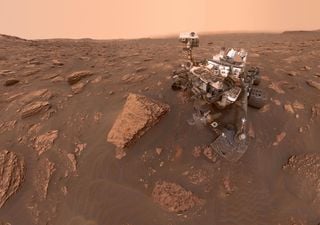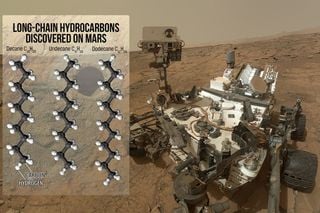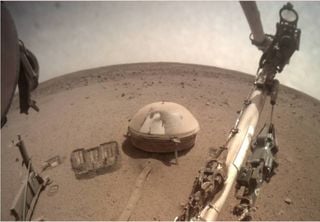Evidence of Life Found on Saturn's Moon Titan, But the Evidence is Much Smaller Than We Think
A study suggests that the moon Titan could harbor glycine-fermenting microbial life in its subsurface ocean, albeit in extremely small quantities.
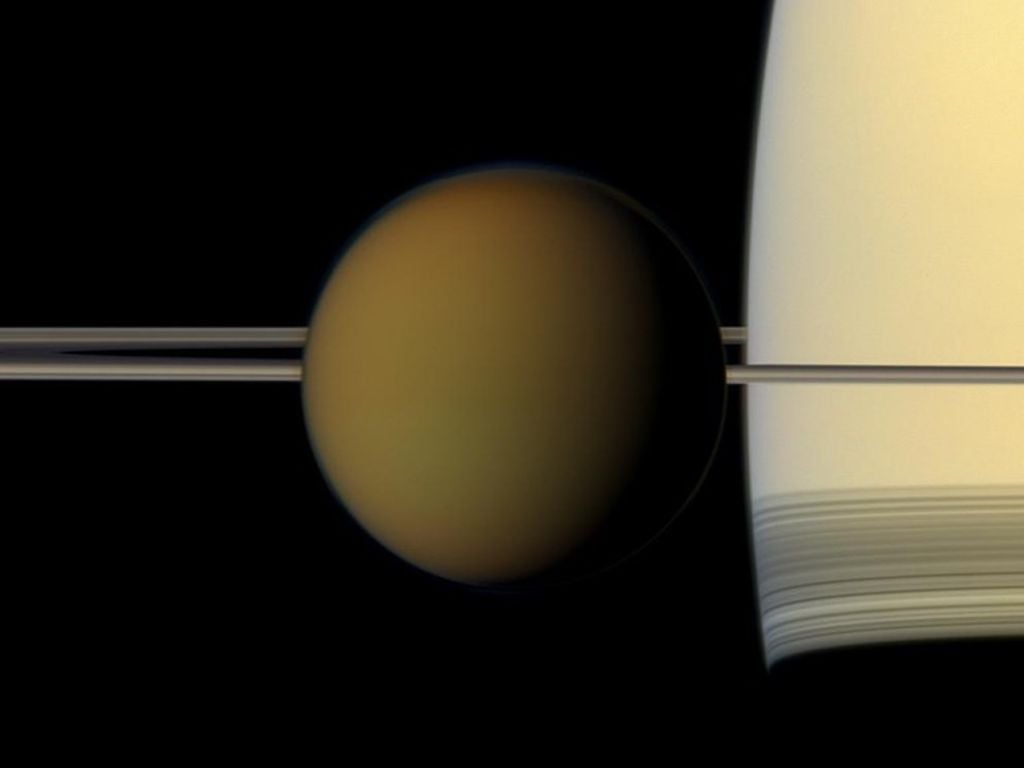
Titan, the largest moon of Saturn, one of the most fascinating places in the Solar System, has methane seas, dunes of organic compounds, and a subsurface ocean of liquid water. This combination makes it a key candidate in the search for life beyond our planet.
Unlike other icy bodies like Enceladus or Europa, Titan has a dense atmosphere rich in organic compounds—molecules that fall to the surface and could eventually seep into the underground ocean. Could it be possible that some form of life has emerged there, in the darkness?
An international team of astrobiologists asked the same question. But rather than searching directly for life, they analyzed whether one of Earth’s simplest metabolisms could work on Titan: the fermentation of the amino acid glycine. Thus began a pioneering investigation with major implications.
This is not science fiction or baseless speculation. In the study, published in The Planetary Science Journal, researchers applied rigorous bioenergetic models to assess whether this type of metabolism could operate in the moon’s frigid depths. And while the results are modest, they are promising.
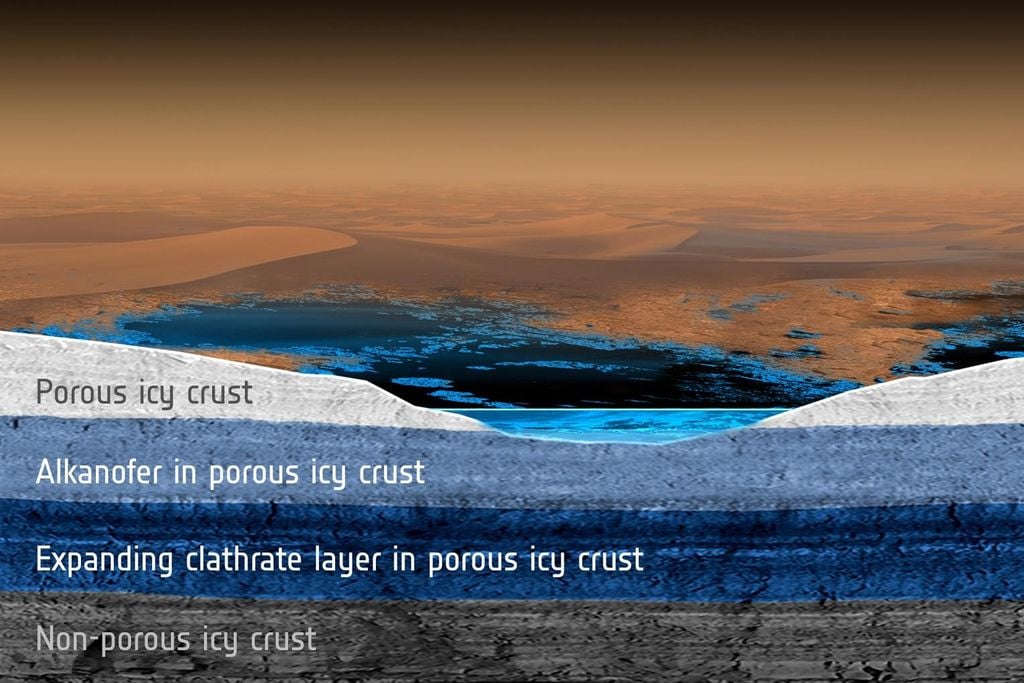
What Is Glycine Fermentation and Why Does It Matter?
Glycine is the simplest and one of the oldest amino acids in the Universe, as it can form abiotically in meteorites, comets, and in atmospheres like Titan's. On Earth, certain microbes can gain energy by fermenting glycine, even in extreme, oxygen-free environments.
This type of metabolism, known as fermentation, does not require oxygen or other oxidizing agents to function, making it ideal for worlds like Titan, where oxygen is likely scarce or nonexistent. Additionally, organisms that use this pathway, such as some Clostridia, are known for their extreme resilience.
The scientists modeled Titan's chemical and physical conditions using various ocean composition scenarios to evaluate whether glycine fermentation could release enough energy to support life. Theoretically, yes—under certain conditions, this metabolism is viable.
But there’s a key detail: even if this type of life exists, it wouldn’t be abundant. The model suggests that Titan’s entire ocean could host only between 10¹⁴ and 10¹⁷ cells, equating to just a few kilograms of biological carbon—a microscopic drop in a vast ocean.
Life, Yes… but Almost Undetectable
Even though the process could occur, scientists emphasize that this doesn’t prove life exists on Titan. It only shows that under certain conditions it could, if the key ingredient—glycine—reaches the ocean in sufficient quantity, either from the surface or interior.
The most promising potential source is meteorite impacts, which could melt surface ice and carry organic compounds like glycine into the depths. It’s also possible these compounds have existed since Titan’s formation, stored in its rocky core.
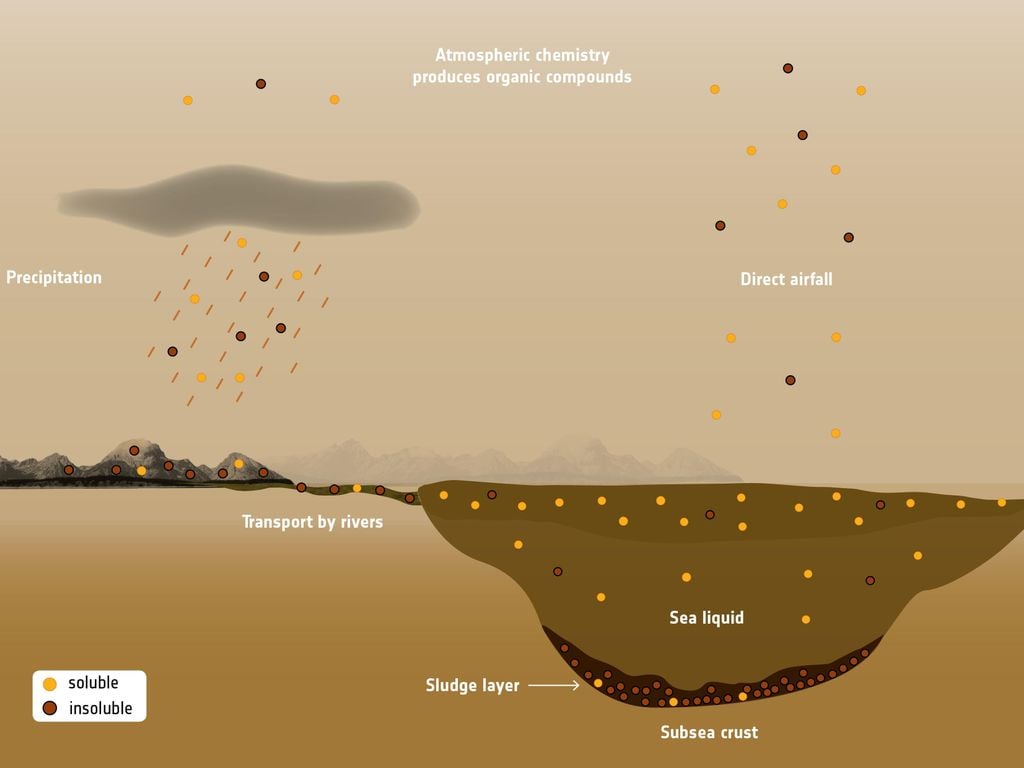
The study also recommends investigating other metabolic pathways, such as anaerobic breakdown of acetylene and aromatic hydrocarbons present on the surface, which would expand the range of possible microbial life strategies in extreme environments like Titan's.
The authors propose that future space missions search for localized areas where cells may concentrate, such as recent impact craters or cryovolcanic flows. Detecting life scattered across a planet, with one cell per ton of water, would be virtually impossible with current technology.
Learning About Life in the Universe
Beyond Titan, this study redefines how and where we search for life, challenging the idea that life must be abundant to be significant. Sometimes, a simple chemical reaction in extreme conditions can give rise to microscopic but viable life forms.
It also highlights the importance of studying simple, ancient metabolisms like fermentation, as these processes may have been the first to appear on Earth and possibly the most common elsewhere in the Solar System and beyond.
This shows how astrobiology relies on mathematical models, geochemistry, and microbial biology to build plausible scenarios. While there is no direct evidence of life on Titan, this work narrows the gap between what is possible and what is probable.
The search for life in the cosmos isn’t about finding alien cities, but recognizing the subtle traces left by living chemistry in hostile environments. In this case, glycine and its fermentation might be the clue that leads us to a new form of life—unseen, but real.
News References
The Viability of Glycine Fermentation in Titan's Subsurface Ocean. Antonin Affholder et al. 2025 Planet. Sci. J. 6 86 DOI 10.3847/PSJ/adbc66






